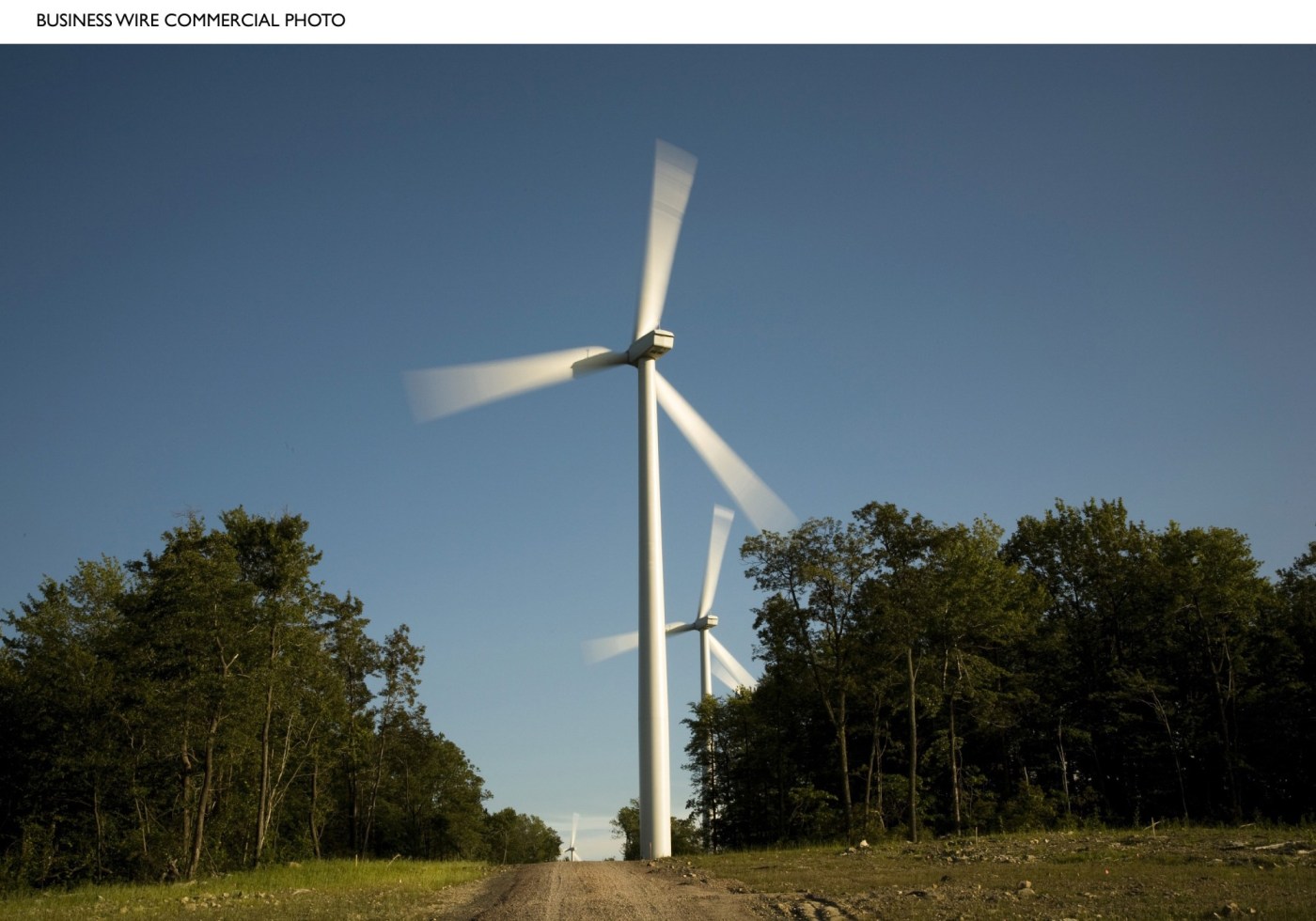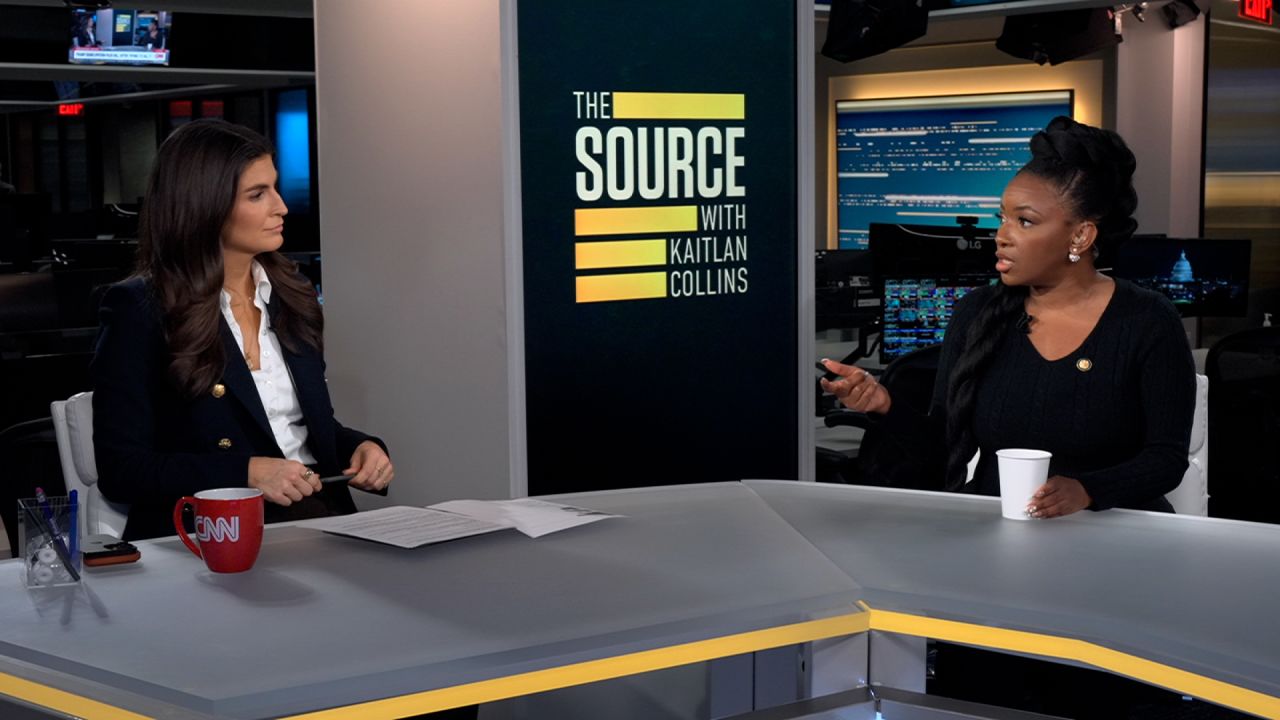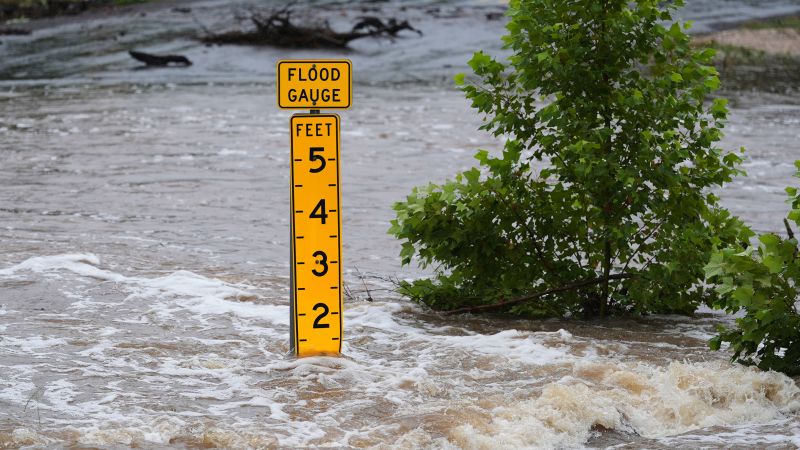Pennsylvania’s Clean Energy Legislation: A Step Towards Sustainable Future

The landscape of energy production in Pennsylvania may soon undergo a significant transformation. In 2004, the state enacted a law mandating that electric companies source at least 8% of their energy from renewable resources, such as wind, solar, and geothermal. However, since 2021, this standard has stagnated, leaving Pennsylvania lagging behind in the clean energy race. Now, a new legislative proposal could reignite the state’s commitment to renewable energy.
The proposed Pennsylvania Reliable Energy Sustainability Standard (PRESS) aims to require electricity providers in the state to derive at least 35% of their energy from renewable sources by 2035. This initiative, championed by state Rep. Friel Otten and state Sen. Steve Santarsiero, seeks to propel Pennsylvania back to the forefront of energy innovation.
Historical Context and Current Challenges
Back in 2004, the world was a different place. Social media was in its infancy with the launch of ‘TheFacebook’, Yahoo.com was the most visited website, and a young Taylor Swift was on the brink of her music career. It was also a pivotal year for Pennsylvania’s energy policy. Yet, despite the initial push towards renewables, the state’s progress has since stalled.
According to the PennEnvironment Research & Policy Center, Pennsylvania ranks 49th out of 51 in the growth of new wind, solar, and geothermal power over the past decade. This stagnation is concerning, especially as other states, like New York, have surged ahead with ambitious clean energy goals. New York, which also set a clean energy standard in 2004, now aims for 70% renewable energy by 2030.
The Benefits of Renewable Energy
Renewable energy offers numerous advantages, from cleaner air and enhanced grid resilience to lower household energy bills and a reduction in global warming pollution. The Keystone State, once a leader in energy innovation, now risks falling behind without decisive action.
Historically, Pennsylvania has been at the forefront of energy developments. The first modern oil well was drilled in Titusville in 1859, and the first commercial nuclear power plant opened in Beaver County in 1958. However, these advancements came with environmental costs, such as habitat loss and pollution.
Expert Opinions and Environmental Impact
Experts emphasize the urgent need for Pennsylvania to embrace renewable energy. The National Audubon Society’s annual State of the Birds Report highlights the alarming decline in bird populations due to climate change-induced habitat loss. A 27% decline in forest songbirds in the eastern U.S., many of which migrate through Pennsylvania, underscores the environmental stakes.
“Unless we pass PRESS, Pennsylvania is in danger of being left behind while the rest of the country moves toward cleaner, greener, and more efficient energy sources.”
Investments in renewable energy could reverse these negative impacts, benefiting both the environment and the economy. A 2022 poll revealed that 75% of Pennsylvanians acknowledge climate change, marking the highest acceptance in 15 years. Meanwhile, support for gas drilling continues to wane.
Looking Ahead: The Path to Clean Energy
As Pennsylvania’s economy competes with other states for energy-intensive industries like data centers, the need for reliable, cost-effective, and non-polluting energy options becomes more pressing. States such as Texas, Oklahoma, North Dakota, and Iowa have outpaced Pennsylvania in clean energy adoption, proving that progress is not limited to traditional environmental leaders.
The proposed PRESS legislation represents a critical opportunity for Pennsylvania to reclaim its position as an energy innovator. By embracing renewable energy, the state can ensure a sustainable future for its residents and natural habitats.
If Pennsylvania accelerates its transition to clean energy, it can lead the way to a future powered by sustainable, renewable sources. The benefits are clear: renewable energy is abundant, non-polluting, and increasingly cost-competitive. It’s time for Pennsylvania to press forward and embrace the potential of a cleaner, greener future.






